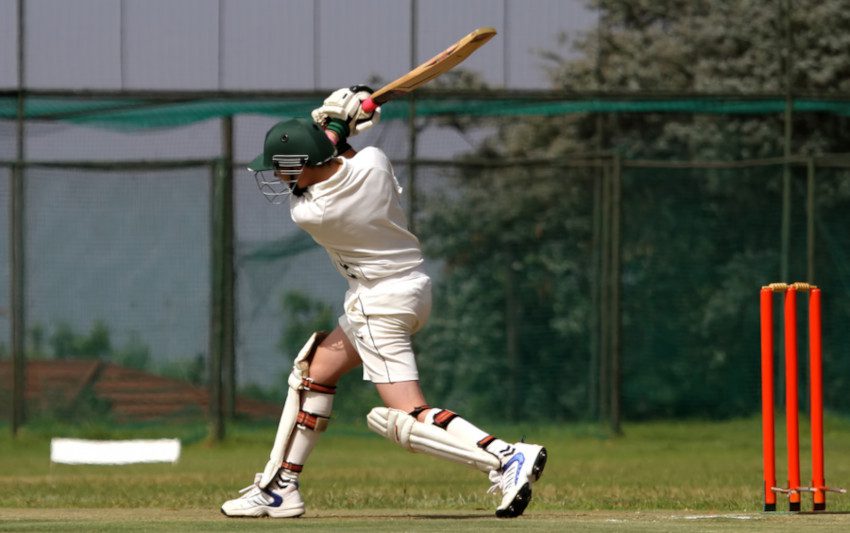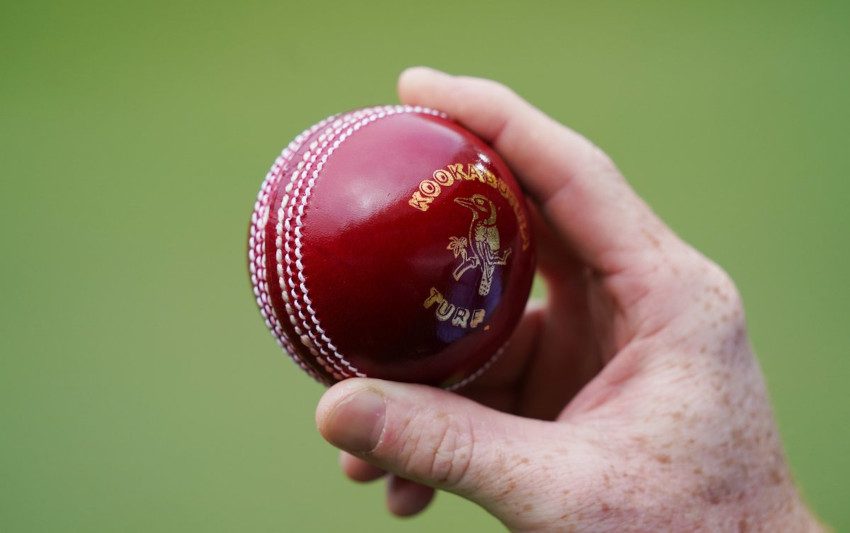Table of Contents
Getting a batting order right is one of the most important parts of a cricketing strategy. I captained my club side on a few occasions and often found this to be the toughest part of my day.
Here’s a guide on how to assess the eleven players taking part in the match and how to line them up as batsmen most effectively.
Batting Order and Positions
Opening Batsman
What makes a good opening batsman? Opening batsmen go in first but they aren’t necessarily the best players in the team. Think of some of the greatest batsmen of the modern era – Virat Kohli, Kane Williamson, Joe Root and Steve Smith. None of those players actually open the batting.

However, the openers must be among the best in the team as they have an important job to take on. The two opening batsmen must face the new ball which can swing more and provide more movement off the seam. In test matches and in first class cricket, they have to be more patient, keeping their wicket intact as they ‘see off’ that new ball.
Top Order Batsmen
The top order would start at number three and go down to the fifth batsman. They are all coming in after the openers so, if the side lose early wickets then it’s possible that the top order could be facing the new ball. The hope is, however, that all three batters in this category will arrive at the crease a little later on.
At the higher end of the scale, numbers three and four would be hoping that the openers have seen off the new ball. There is lots of time now to take advantage of an older ball and to score runs at a quicker tempo.
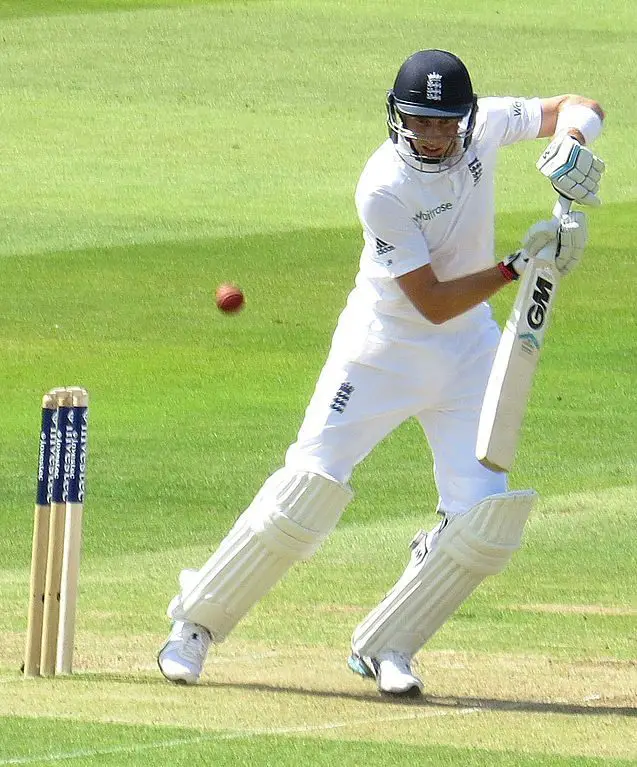
As mentioned in the above section, a team’s best batsmen could be included in the top order and I’ve listed four of the world’s greatest players – Williamson, Root, Kohli and Smith.
Middle Order Batsmen
Numbers six to eight are the middle order and these could be genuine batsmen or all rounders, and they would all be expected to contribute runs to the team. Quite often, the number six can also bowl but that’s not always the case.
Numbers seven and eight would usually be genuine all rounders unless the number seven is also the wicket keeper. Australia would typically put Adam Gilchrist in at seven in test cricket and they’ve done this more recently with Tim Paine.
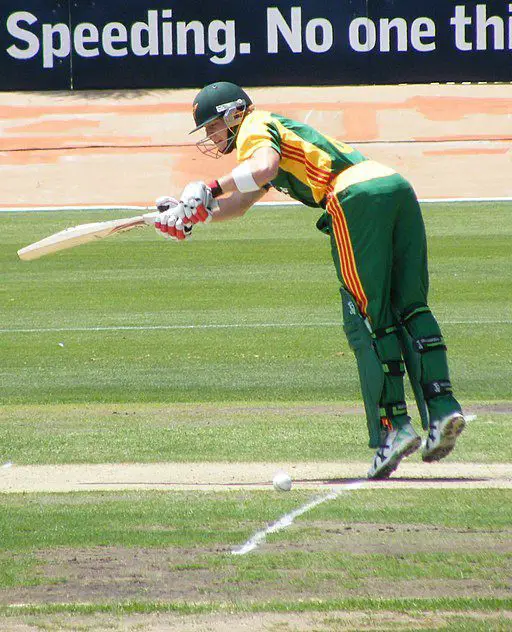
The middle order would have different roles depending on the state of the game. If their team has made a high score when they come in, the job would be to accumulate runs at a quick pace and build on that total.
Alternatively, if they come in with a low score on the board, the middle order would need to consolidate, not play risky shots, and lift that total at a slower tempo.
Lower Order Batsmen
Also known as tail enders, the lower order generally starts at number 9, or possibly number 8 depending on the strengths and weaknesses of that side. The lower order batters are in the side for their bowling and any runs that they do score will be considered as a bonus.
The lower order players may be promoted on occasions. In test cricket, there is a floating position called a ‘nightwatchman’. But what does the nightwatchman do exactly?
The nightwatchman is used in a specific situation in test cricket: if a team starts their innings close to the end of play on a certain day, they may lose a wicket with just a handful of overs to bat out.
In this scenario, as a lower order player the nightwatchman comes in and protects a better quality batsman. The aim is for them to see out the day’s play and come back to score as many runs as they can on the following morning.
Another form of promotion sees a lower order batsman become a pinch hitter. This is a role for limited overs cricket only. While they may lack the quality of the players above them, a pinch hitter can score quickly at the start of the innings and boost the early run rate.
Sunil Narine is a good example of this as he’s performed a pinch hitting role for T20 franchises including the Kolkata Knight Riders.
Batting Order Strategies in Cricket
How to Set Up a Solid Batting Line Up?
Any cricket side has to have good balance and this should be kept in mind ahead of the game, when the selectors pick the team. It all starts with the opening batsmen. Openers fill a specialist position and they must have the technique and temperament to deal with the new ball which can swing and seam more at the start of an innings.
Players at numbers 3 to 6 tend to be specialist batsmen, although an all-rounder and/or a wicket keeper can also be included in this section. Batters at 3 and 4 tend to be the best in the team and they have the ability to take advantage of an older ball. The hope is that the top order is at the wicket for the majority of the team’s innings.
The middle order would then look to build on a bigger total. These players tend to score at a faster tempo than those above them. Think of players such as and Hardik Pandya who can come in and quickly accelerate the run rate. Alternatively, if their team has suffered an early collapse, those players also have the quality to consolidate.
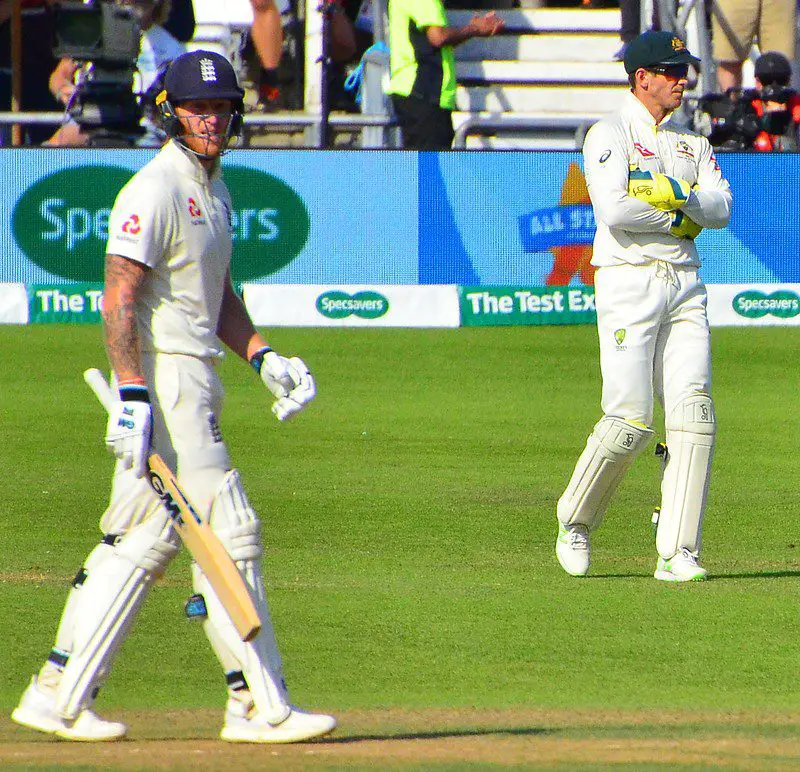
The lower order follows and any runs scored by them are generally considered to be a bonus. In the modern game, however, all batters within a team are expected to contribute and the days when tail enders such as Monty Panesar and Chris Martin were ‘walking wickets’ are now behind us.
Batting Order Changes During the Match
A captain needs to be flexible and to make changes to his batting order during a match when necessary. This is perfectly within the laws of the game and a skipper will need to react to the passage of the match.
Changes to the batting order are less frequent in test cricket but they can be quite common in limited overs formats. They will generally take place towards the end of an innings where the captain wants to promote a batsman who could score more quickly than the players who are listed ahead of them. There are lots of examples of this and a quick promotion can happen in most limited overs series and domestic tournaments.
In test and first class cricket, we’ve seen that the nightwatchman can be used but changes to the batting order are much rarer. However, if a captain wants to score quick runs or they feel that a certain player will be better suited to the conditions, it is acceptable and within the laws to change that line up.
Why is it Better to Bat First?
This is a debatable point and, in terms of one day cricket, it may not always be better to bat first. However, let’s deal with test and first class cricket where I believe it is a wiser decision to take ‘first knock’.
By getting off to a solid start and putting a big total on the board, a team can put pressure on a side batting second. Scoreboard pressure is an interesting phenomenon in cricket and I personally like to get ahead of the game by setting that big first innings total if possible.
The other big factor in this decision relates to the fourth innings. By the fourth innings, it’s much harder to score runs on pitches that have worn and deteriorated over several days. The conditions may be offering more help to the spin bowlers while deliveries from the seamers can also keep low. Bounce becomes more variable at the end of a match.
Therefore, in test cricket, I would agree that it’s better to bat first and I suspect figures will show that most captains who win the toss will look to make first use of the facilities.
In one day cricket – both 50 over and T20s, there is more of a difference of opinion. Many captains will look to field and to know what target they have to chase batting second. I’ve no strong feelings on this one myself and it would be interesting to look at some relevant statistics.
Closing Thoughts
It’s been interesting to go through this round up and it reminds me of the few cricket matches that I’ve captained at club level. Deciding on the batting order is an important part of the game and it can literally make the difference between winning and losing.
Hopefully this guide can help you understand what it takes to implement an effective line up and, even if you’re not actually playing the game, it’s useful to take on board when you’re watching cricket from around the world.

